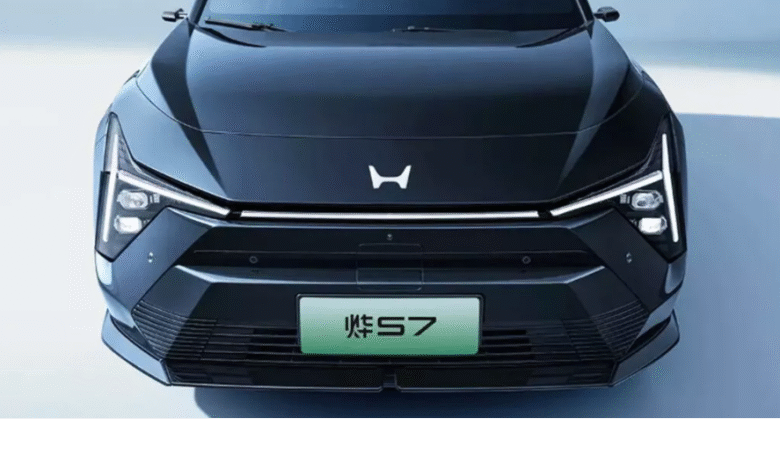Honda’s Struggles in China Highlight the EV Market Gap With Nissan’s Success

The Chinese electric vehicle (EV) market is booming, but not every automaker is enjoying success. While local startups like BYD and Nio continue to dominate, even established Japanese giants are struggling to keep pace. Recent sales data reveal that Honda managed to sell just 2,900 EVs in China during the second quarter of 2024, despite ambitious launches and price cuts.
This sharp contrast with Nissan’s growing popularity in the same market underscores the challenges facing legacy automakers. Winning over Chinese consumers requires more than importing global EV models—it demands localized design, aggressive pricing, and cutting-edge technology.
Honda Misses the Mark
Honda’s locally developed Ye series, which includes the S7 SUV and P7 sedan, was supposed to resonate with Chinese buyers. Instead, sales numbers suggest the opposite. The company initially priced the Honda S7 at 259,900 yuan ($36,300). While competitive in Western markets, that figure was a miscalculation in China, where buyers are accustomed to cheaper yet feature-rich options. Within a month, Honda slashed the price by 60,000 yuan ($8,400) in an attempt to revive demand.
Even with this adjustment, Chinese consumers remain hesitant. According to Nikkei Asia, the S7 and P7 lack advanced features that rivals now consider standard. Both vehicles include Honda’s Sensing 360+ driver-assistance system, but they fall short by excluding hands-free driving technology, which has quickly become a must-have in China’s highly competitive EV landscape.
Partnerships and New Strategies
Honda is far from giving up. The brand recently announced a collaboration with Momenta, a Chinese tech firm, to integrate more advanced driver-assistance features into upcoming models. It also plans to incorporate AI technology from DeepSeek, allowing drivers to hold natural, in-depth conversations with their vehicle’s onboard assistant—an increasingly popular demand among Chinese EV buyers.
Additionally, Honda intends to adopt lithium-iron phosphate (LFP) batteries, which are cheaper and more durable than traditional lithium-ion units. This move could significantly lower production costs, enabling the brand to offer more competitive prices in the future.
Nissan’s Formula for Success
While Honda struggles, Nissan has found a winning formula with the launch of its all-electric N7 sedan. Produced through its Dongfeng partnership, the N7 hit the market earlier this year with a starting price of just 119,900 yuan ($16,800)—a figure far more appealing to budget-conscious buyers.
The results speak for themselves: Nissan secured 17,000 orders in the first month and delivered over 10,000 units in August alone. In comparison, Honda has yet to see a single EV model reach that milestone in monthly sales.
The Bigger Picture
China’s EV market has become a proving ground where price, features, and innovation converge. Brands that fail to deliver affordable, tech-loaded vehicles risk fading into irrelevance. For Honda, the road ahead will depend on whether it can adapt quickly enough to local expectations. Meanwhile, Nissan’s success shows that tailoring EVs specifically to Chinese consumers is not just an advantage—it’s essential for survival.




